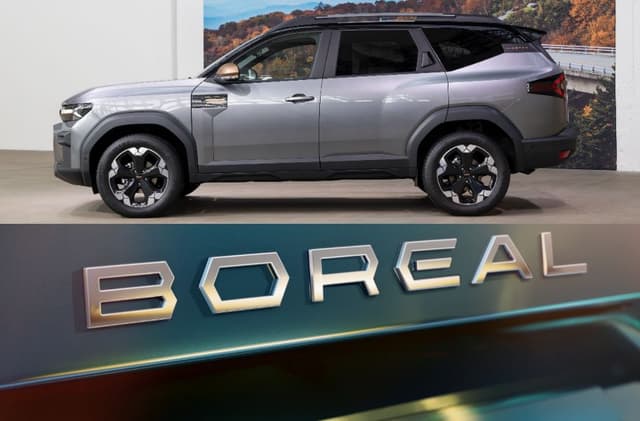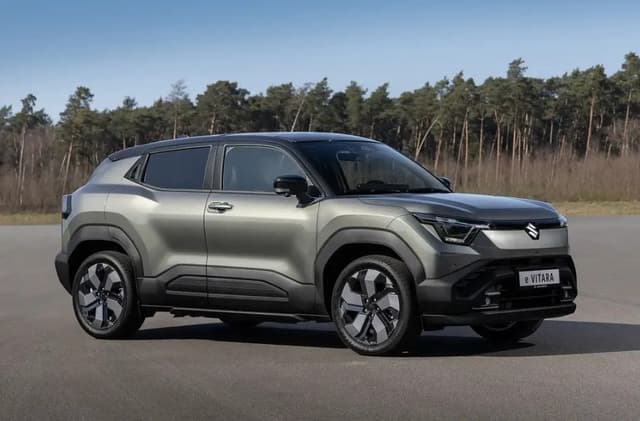The Working and Functioning of an EV Battery

Highlights
Electric vehicles are growing in popularity today. For this reason, the importance of the technology behind the battery which powers EVs is increasing as well. Every owner wants to charge up their vehicle quickly and go on long-distance rides. This in turn has led to MNCs like Tesla trying to make the battery of an EV as advanced and powerful as possible.
Before you proceed to book an EV for yourself, you should understand the key differences between electric-powered and gas-powered engines, how the battery functions and lastly, what the future holds for EV batteries. Let's take a look at electric vehicle battery technology in detail.

Photo Credit: unsplash.com
Differences - Electric Vs Combustion Engines
If you peek under the hood of a car, you can see what powers the car. It is a proven fact that EV batteries are relatively more efficient than internal combustion-based engines.
Traditional cars feature engines that operate based on the process of combustion. Here, energy is produced when a pressurised mixture of fuel is ignited by a spark plug. This energy, in turn, spurs the piston in the combustion chamber into motion, and this movement is transmitted via a connecting rod to the crankshaft that makes the wheels of the car move in circular motion. This leads to the car moving forward.
When it comes to Electric vehicles, the process is entirely different. These vehicles do not rely on the movement of gears for ignition and movement. So, how does electric vehicle battery technology work? Well, the battery present under the hood of an EV delivers power to the motor present inside via the controller. This process leads to the creation of a magnetic force that makes the wheels turn. This system requires fewer parts and thus creates more torque as compared to traditional gas-powered vehicles. The power generated by the battery goes straight to the vehicle's wheels, and thus, the vehicles go from 0-60 mph in a very short period.
Variants Of Electric Vehicle Batteries
Lithium-Ion Batteries – This is the traditional type of battery found in an EV. Lithium-Ion batteries are also found in mobile phones as well as other portable items. Since these batteries are lightweight, it makes them very energy-efficient. Also, these perform exceedingly well in high-temperature places.
Lead-Acid Batteries – These are safer as well as cheaper. However, lead-acid batteries offer a short lifespan and perform weakly in low-temperature regions. These are used for storing secondary power in most EVs.
Nickel-Metal Hydride Batteries – These batteries rely on the vehicle's fuel to get recharged. They have a comparatively better lifespan and require little maintenance. However, they are costly and heat up rapidly when present in high-temperature zones.

Improving Your EV Battery's Life
There are quite a few steps that you can follow to ensure that your EV's battery becomes extra durable. If you live in a place that experiences a moderate climate, your EV's battery can last around 13 to 15 years.
You can conserve your vehicle's battery by driving it at low speeds wherever you can. By doing so, you can save both energy and reduce the vehicle's charging time.
Another thing you can do is park your electric vehicle under shade. Just as high speeds deplete a battery faster, high temperatures force the batteries to function harder. When parked directly under the sun vehicle uses its thermal management functionality to keep the vehicle cool. This functionality draws power from the vehicle's battery.
What Does The Future Hold For EV Battery Technology?
As for the future, we will surely witness the invention of newer and better technology which will significantly impact the EV market. To get hold of the attention of consumers, big companies like Tesla and Nissan are working every day to manufacture the best-possible EV batteries, which offer higher range levels as well as better storage space. Small companies such as Nikola Motors are also a part of the competition. They are currently developing a battery that will allegedly double the lifespan of an EV and reduce the charging time to half.

Photo Credit: unsplash.com
EV adoption has already started growing due to fluctuating fuel prices and wider options in the market. Also, electric vehicles require less maintenance and the latest cars even offer improved driving ranges.
Related Articles
Latest News
- Home
- News
- Technology
- The Working and Functioning of an EV Battery














